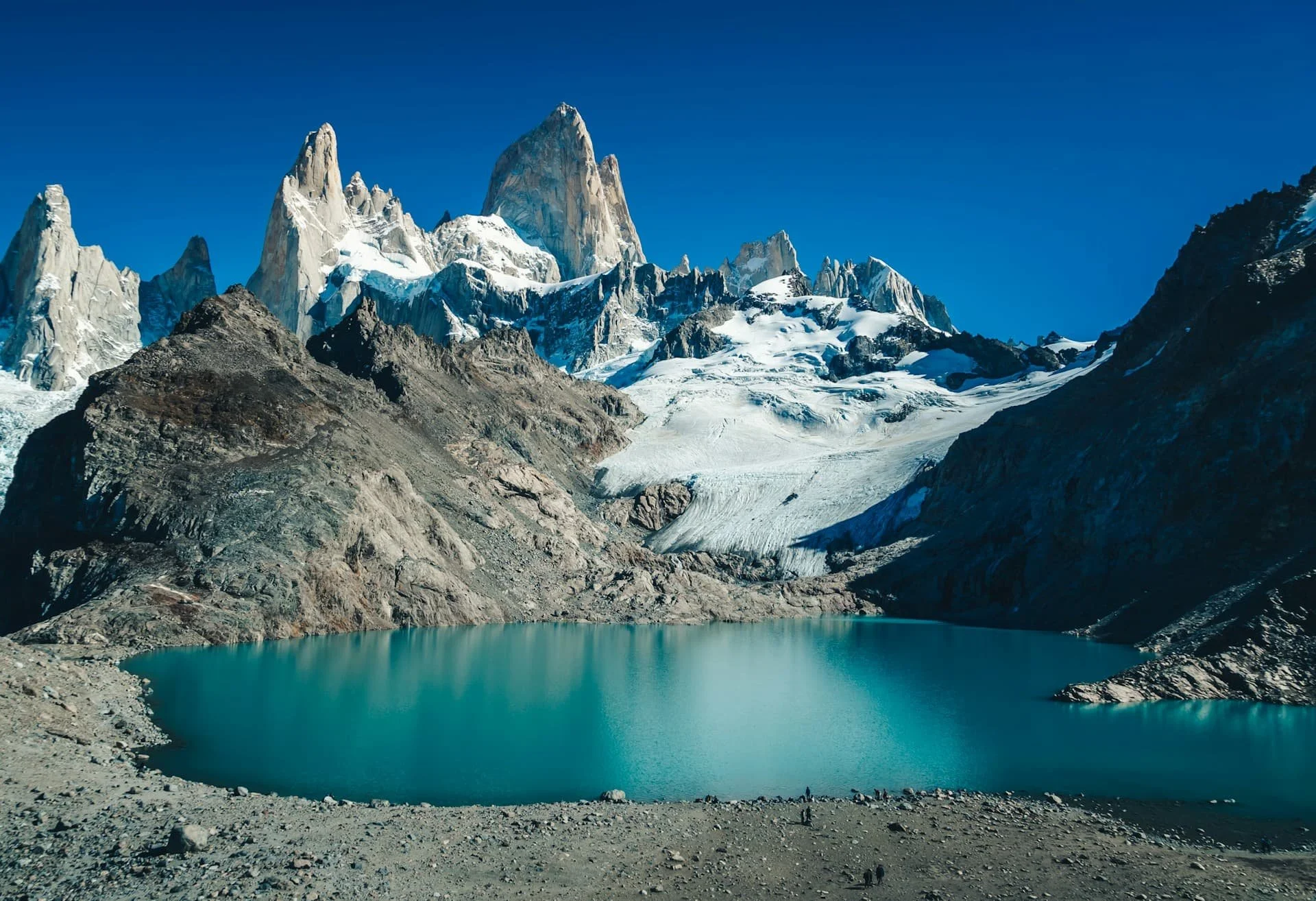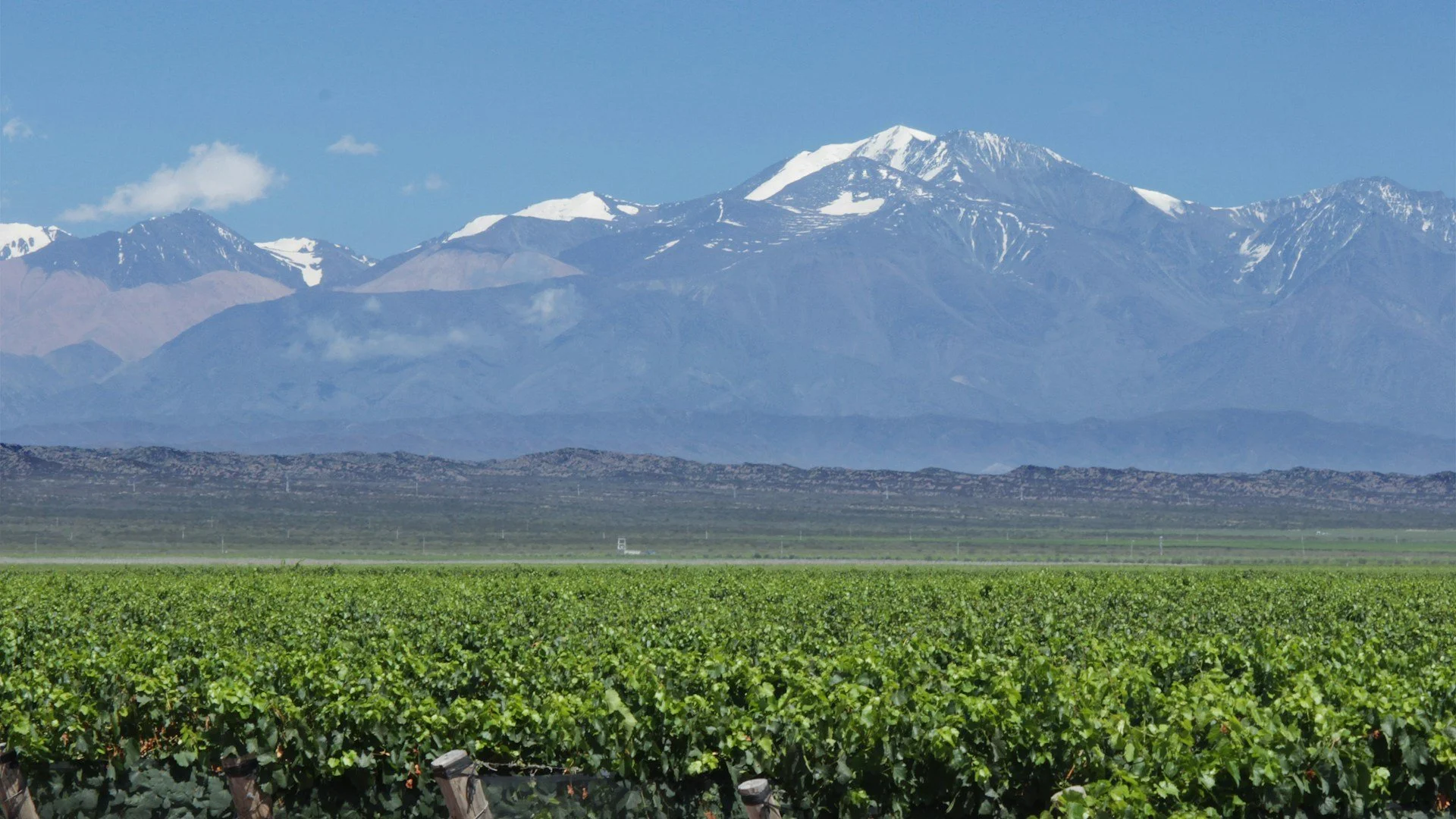When Is the Best Time to Visit Argentina?
Figure out the best times to visit Argentina for your travel style
Arto Marttinen / Unsplash
Argentina is a land of extremes—so vast and varied that “best time” really depends on which Argentina you want to meet: the tango-soaked streets of Buenos Aires, the thunderous power of Iguazú, the wine valleys of Mendoza, or the wild frontier of Patagonia.
Because the country stretches from subtropical jungles in the north down to subpolar reaches in the south, you can’t pick one “perfect month” for everywhere. Instead, the question becomes: “Which region, doing what activity, in what season?”
So let’s take a detailed look at some of the best times to travel argentina, dependinng on your preferences and requirements.
Avoiding Crowds
Sasha Lantukh / Unsplash
One of the best decisions a seasoned traveler can make is avoiding peak crowds. In Argentina, that often means zeroing in on the shoulder periods—spring (September–November) and autumn (March–May). During these windows, many regions offer comfortable weather without the crush of tourists.
In Patagonia, for instance, if you time your trip between September–November or March–April, you’ll often find trails quieter and lodges more available. Many of the luxury lodges in the region normally sell out 12 to 18 months ahead during high season, so the shoulder months unlock more flexibility.
Cities like Buenos Aires and Mendoza are especially pleasant in spring and autumn. You’ll dodge the high heat of summer and the damp chill of winter, making strolls, street markets, and cultural walks more enjoyable. For Iguazú Falls, the quieter windows tend to be April–June and August–September—when humidity is lower, the weather is kinder, and the crowds thin.
One caution: some remote Patagonian towns shrink during the winter months (June–August), with seasonal closures of lodges or limited services. But in shoulder times, infrastructure is still running nicely.
Weather in Argentina
Luuk Wouters / Unsplash
Depending on region, the “best weather” months shift. Below is a tour-by-region look, combining climate data with traveler-friendly advice.
Buenos Aires & Central Argentina
Buenos Aires basks in spring (September–November) and autumn (March–May). These months bring temperatures in the comfortable mid-teens to mid-twenties Celsius, less humidity, and fewer rainstorms. Summers (Dec–Feb) are hot and sticky; winters (Jun–Aug) are mild but can be gray and a bit cool. Most travel guides agree the shoulder seasons are ideal for exploring la ciudad.
Read next: The Best Neighbourhoods in Buenos Aires
Patagonia & Southern Argentina
Transly Translation Agency / Unsplash
If your heart is set on Patagonian glaciers, dramatic peaks, trekking, or the wild outdoors, summer (December–February) is your best bet. Trails are thawed, services are active, and daylight lasts long. Even so, Patagonia’s weather is famously volatile: always pack for wind, sun, rain, and cold in one day.
Spring into early summer (October–December) and late summer into autumn (January–March) are also viable. These periods may feature fewer visitors and still mostly open trails. But in deep winter (June–August), many areas are snowbound, lodges close, and daylight is scant.
Iguazú Falls and the Rainforest Edge
Iguazú Falls lies in the humid subtropical north, with heavy rainfall and tropical heat as a norm in summer. That means December through February can get very rainy, and humidity can make trails muggy. The “cool season” runs roughly late April to mid-September, when daily highs drop to ~21 °C and nights dip to ~11 °C.
The flow of water can also vary: high flows make for dramatic falls but can make some boardwalks slippery. Many recommend visiting in April–May or September–October when rainfall is moderate, the water is still impressive, and crowd pressure is lower.
Wine Country (Mendoza & the Uco Valley)
celso costa / Unsplash
Mendoza enjoys a sort of Mediterranean/continental vibe: lots of sunny days, dry periods, and clear skies. The harvest season (February–March) is dramatic and festive, with the historic Vendimia festival culminating the grape-picking and winemaking celebrations. Visiting in March also gives you good weather, lively vineyard visits, and fewer extreme summer or winter extremes.
Spring (Sept–Nov) and autumn are also gifted: you’ll find pleasant temps ideal for cycling through vineyards or picnicking among rows of Malbec vines. Winter (June–August) is quieter and colder—still good if your itinerary focuses on indoor tastings or cozy wine lodges.
Skiing & Winter Sports in the Andes
If you dream of gliding downhill in Argentine snow, winter is when the Andes deliver. From roughly July through September, ski resorts in Bariloche (Cerro Catedral) and Las Leñas (in Mendoza province) are in full swing. Las Leñas, perched high in the Andes, is a favorite for powder lovers due to reliable snow and challenging terrain
But July is a busy month (Argentine winter holidays), so many seasoned skiers favor August when slopes are still great but crowds slightly lighter. Beware that in early winter (June) snowfall may still be building in some resorts.
Cheapest Times to Visit Argentina
If cost is a factor, Argentina’s lower-demand months are your friend. Generally, fall (March–May) and winter (June–August) see softer pricing on flights, hotels, and tours—particularly outside of Patagonia’s peak summer window. Travel + Leisure advisors suggest that March–May and June–August are optimal for budget-minded travelers.
Keep in mind, though, that in the southernmost parts (like Tierra del Fuego or El Chaltén), daylight hours shrink dramatically in winter, and some services may close. It pays to check in advance whether your preferred lodges or trails operate that time.
Also note: Argentina has strong local holiday periods (think Christmas, New Year, Easter, etc.), during which local travel surges. Booking early is still critical even in “off” seasons if your trip coincides with those holidays.
Best Time to Experience Specific Highlights
Witnessing the Power of the Falls
Ignacio Aguilar / Unsplash
For maximum spectacle at Iguazú Falls, aim for late spring (April–May) or early fall (August–September). The water is still hefty, weather is gentler, and paths are safer. During peak summer, you may face heavier rains and humidity that make the visitor experience more grueling.
Hiking, Camping, and Outdoor Adventure
If your trip revolves around trekking—Patagonian trails, Andean passes, lake circuits—then you want full trail access and moderate weather: December through early March in the south; September–November or March–April in the transitional seasons. Avoid deep winter when many routes close.
In the northwest (Salta, Jujuy), the dry season (~April–October) is ideal for high-altitude treks and desert landscapes, since summer brings monsoon rains.
Wine Harvest Vibes & Festivities
If you like your travel with grape stomps and parades, plan for March in Mendoza. That’s when the Vendimia harvest festival peaks: local pageants, wine tastings, cultural events, and a festive air. The vineyards are active, and sunset light over golden vines is magical.
Catching a Soccer Match (Especially a Superclásico)
Soccer is a living rhythm in Argentina. The primary seasons for league play run February through May and July through November. The much-anticipated Superclásico between Boca Juniors and River Plate often occurs within that window—but tickets disappear fast. Lock in those well ahead of time.
Glacier Calving & Ice Culture
If you’re headed to Perito Moreno and want to see dramatic ice calving (chunks of glacier breaking off into the water), summer is the go-to time. Tour guides note that the warmer months make glacier walks, boat trips, and viewing platforms safer, more accessible, and typically more active.
Times to Avoid
Andreas Slotosch / Unsplash
“Worst time” is relative in Argentina—there’s rarely a period when nothing works. But some seasons demand compromise.
In Patagonia, late autumn through early winter (May to August) can bring deep cold, snow, shorter daylight, and closed tourist infrastructure in many remote areas. If your plans hinge on off-grid lodges or out-of-the-way trails, this is the riskiest stretch.
In the north, summer (December–February) brings not just heat, but heavy rains and humidity—especially around Iguazú and the tropical zones. For city touring it can still be doable, but outdoor excursions may feel harsher.
Major holiday weeks (Easter, Christmas, New Year) are high-cost and high-occupancy periods across the country. Even if weather is fine, lodging and transport will demand early booking.
Sample Month-by-Month Highlights
September–November (Spring): Flowers bloom, jacaranda trees blaze purple in Buenos Aires, Patagonia is on the mend, service systems reopen, and wildlife (like whales near Península Valdés) becomes more active.
December–February (Summer): All systems go. Trails in southern regions open, Iguazú water is powerful, festivals in cities, longer daylight, but heat and crowding. Watch for heavy rains in the subtropic north.
March–May (Autumn): Gorgeous leaf colors in wine regions and scenic valleys, comfortable temps for cities, fewer tourists. A strong sweet spot for many combined itineraries.
June–August (Winter): Ski resorts peak (especially July–early August). Northern Argentina stays mostly dry and comfortable for high-altitude exploration. But in many southern spots, conditions are harsh or limited in access.
Final Thoughts
Barbara Zandoval / Unsplash
If you’re planning a “best-of-Argentina” trip (say 3 to 4 weeks), aim for March to early April or late September to October. That way you can thread Buenos Aires, wine country, Iguazú, and Patagonia with good weather and moderate crowds.
If your priority is Patagonia, you’ll likely aim for December–February. If your aim is skiing, you’ll plan for July or August. If rainforest and falls are your focus, target April–May or September.
A few tactical tips: check lodge and trail availability early (especially in Patagonia), monitor flight connections (domestic air travel can be limited in certain times), pack for weather layering (even summer days in the south can surprise you), and allow buffer days for weather delays, especially in wind-prone or glacial zones.









